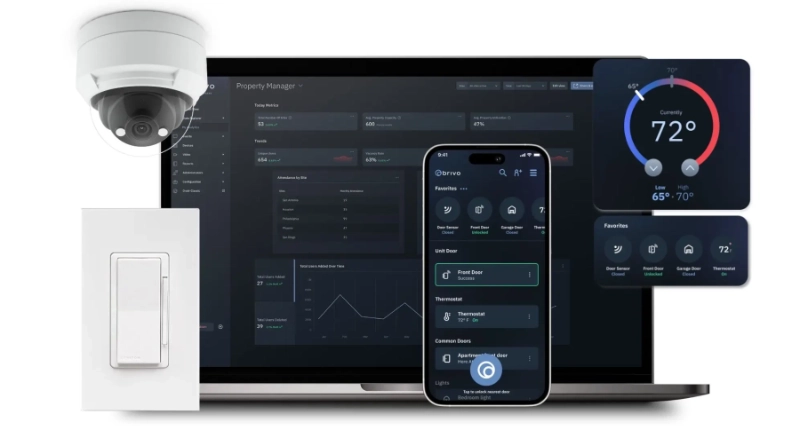Companies are at different stages on the journey to transform their workplaces. We created a model based on the relationship between the level of system integration and the level of hybrid work adoption to clarify these stages.
System Integration refers to the level of digital integration as part of an organization’s digital transformation journey. High system integration leads to a full ecosystem of smart technologies, including cloud-based access control and data insights.
Hybrid Adoption refers to the level of preparedness for and implementation of hybrid working. High levels of hybrid adoption give employees more autonomy over how they work.
This research framework presents four different organizational typologies.
- Bystanders: Companies that are defined by a low level of hybrid adoption and a low level of system integration. They are watching and waiting.
- Wanderers: Companies that have enthusiastically embarked on a journey to hybrid working but are still in their infancy on their journey to digital transformation. They are open to security threats.
- Returners: Companies with low hybrid adoption but high systems integration. They are investing heavily in digital transformation but have a strategy to build in-person office culture and collaboration.
- Integrators: Companies that are leading the field when it comes to both hybrid adoption and system integration. They are developing the digital infrastructure to support different ways of working.
Which typology is your organization?













